Home>Gardening & Outdoor>Landscaping Ideas>How Quickly Does Grass Seed Sprout
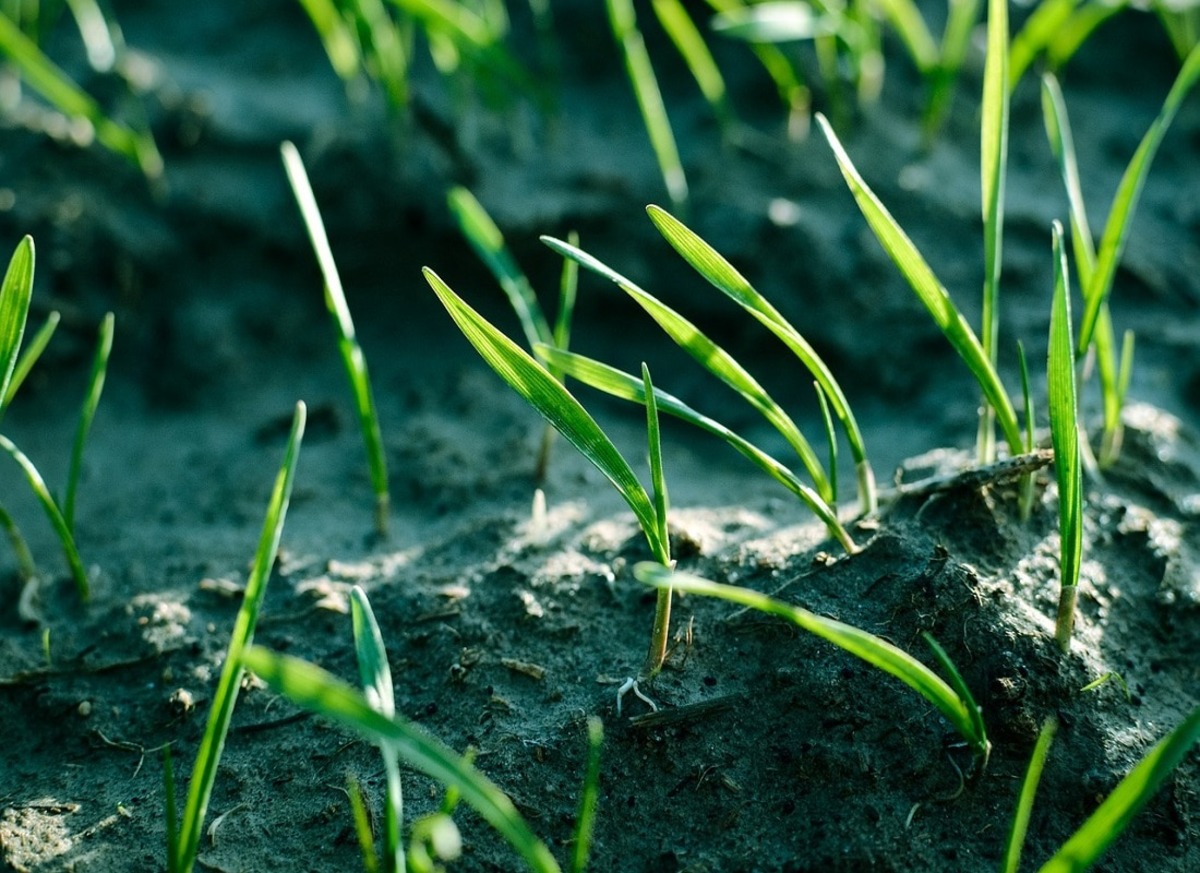

Landscaping Ideas
How Quickly Does Grass Seed Sprout
Modified: February 18, 2024
Learn the timeline for grass seed germination and sprouting in your landscaping project. Discover tips for quick and successful results. Explore more landscaping ideas.
(Many of the links in this article redirect to a specific reviewed product. Your purchase of these products through affiliate links helps to generate commission for Storables.com, at no extra cost. Learn more)
Introduction
When embarking on a landscaping project, one of the most exciting and rewarding aspects is sowing grass seed. Watching the lush green carpet emerge from the soil is a gratifying experience that symbolizes growth, renewal, and the promise of a vibrant outdoor space. However, the anticipation of witnessing the first signs of sprouting grass can lead to the burning question: "How quickly does grass seed sprout?"
Understanding the factors that influence grass seed germination and the optimal conditions for this process is crucial for achieving successful results. In this comprehensive guide, we will delve into the various aspects of grass seed sprouting, including the factors affecting germination, the ideal conditions for sprouting, the different types of grass seed and their germination times, as well as valuable tips for promoting quick grass seed sprouting. By the end of this journey, you will be equipped with the knowledge and insights to foster the rapid and healthy sprouting of grass seed, turning your landscaping vision into a flourishing reality.
Key Takeaways:
- Grass seed sprouting depends on factors like water, temperature, soil, and seed quality. By providing optimal conditions and attentive care, you can promote quick and healthy grass seed sprouting for a vibrant outdoor space.
- Different grass seed types have varying germination times. Choosing high-quality seed, preparing the soil, and monitoring moisture and temperature levels are key to accelerating the sprouting process and achieving a lush, thriving lawn.
Read more: How Quickly Does Oenothera Germinate
Factors Affecting Grass Seed Germination
The process of grass seed germination is influenced by a myriad of factors, each playing a pivotal role in determining the speed and success of sprouting. Understanding these factors is essential for optimizing the conditions and ensuring favorable outcomes. Here are the key elements that affect grass seed germination:
- Water: Adequate moisture is crucial for initiating the germination process. Without sufficient water, the seeds remain dormant, delaying or preventing sprouting altogether. Conversely, excessive water can lead to rot and fungal diseases, hindering germination.
- Temperature: Grass seed germination is highly dependent on temperature. Different grass species have specific temperature requirements for optimal germination. In general, warm-season grasses thrive in warmer temperatures, while cool-season grasses prefer cooler conditions for sprouting.
- Soil Conditions: The quality and composition of the soil directly impact germination. Well-draining, nutrient-rich soil with a loose texture provides an ideal environment for seeds to sprout. Compacted or poor-quality soil can impede germination and hinder root development.
- Light: While some seeds require exposure to light to germinate, most grass seeds do not rely on light for sprouting. However, excessive shade can inhibit the growth of young seedlings once they emerge from the soil.
- Air Circulation: Proper air circulation is essential for preventing fungal diseases and promoting healthy germination. Stagnant air can create conditions conducive to mold and mildew, negatively impacting the sprouting process.
- Seed Quality: The viability and quality of the grass seed itself significantly affect germination. Fresh, high-quality seeds have a higher germination rate compared to older or lower-quality seeds.
By carefully considering and managing these factors, you can create an environment that is conducive to rapid and successful grass seed germination. The next section will explore the optimal conditions for promoting the sprouting of grass seed.
Ideal Conditions for Grass Seed Sprouting
Creating the perfect environment for grass seed sprouting is essential for maximizing the germination rate and fostering healthy growth. By ensuring that the following conditions are met, you can significantly enhance the likelihood of quick and successful sprouting:
- Moisture: Adequate moisture is critical for initiating the germination process. Before sowing the seeds, ensure that the soil is evenly moist but not waterlogged. After sowing, lightly water the area to keep the soil consistently moist until the seeds germinate and the seedlings establish themselves.
- Temperature: Different grass species have specific temperature requirements for optimal germination. Generally, temperatures between 60 and 75 degrees Fahrenheit (15-24 degrees Celsius) provide favorable conditions for most grass seeds to sprout. Utilizing a soil thermometer can help monitor soil temperature and ensure it is within the ideal range.
- Soil Preparation: Prepare the soil by loosening it to a depth of 2-3 inches (5-8 cm) to provide an ideal seedbed for germination. Remove any debris, rocks, or weeds that may impede the sprouting process, and incorporate organic matter to enhance soil fertility and structure.
- Protection from Erosion: To prevent erosion and protect the seeds from being displaced by wind or water, consider covering the seeded area with a thin layer of straw or mulch. This protective layer helps retain moisture, stabilize the soil, and provide a conducive microclimate for germination.
- Regular Monitoring: Keep a close eye on the seeded area, monitoring moisture levels, and inspecting for signs of sprouting. Adjust watering frequency based on environmental conditions to ensure consistent moisture without over-saturation.
By optimizing these conditions and providing attentive care, you can create an environment that promotes rapid and robust sprouting of grass seed. The next section will explore the different types of grass seed and their respective germination times, offering valuable insights for selecting the most suitable seed for your landscaping project.
Grass seed typically sprouts within 5-10 days if the soil is kept consistently moist. To speed up the process, cover the seeded area with a thin layer of mulch to retain moisture and warmth.
Types of Grass Seed and Their Germination Times
Grass seeds exhibit varying germination times based on the specific species and environmental conditions. Understanding the germination characteristics of different grass seed types is essential for planning and managing your landscaping project effectively. Here are some common types of grass seed and their respective germination times:
- Kentucky Bluegrass (Poa pratensis): This popular cool-season grass typically germinates within 14 to 30 days under optimal conditions. It establishes a dense, fine-textured turf and exhibits good cold tolerance.
- Fescue (Festuca spp.): Tall fescue and fine fescue varieties generally germinate within 7 to 14 days. These cool-season grasses are known for their adaptability and ability to thrive in diverse environments.
- Ryegrass (Lolium spp.): Perennial ryegrass has a relatively quick germination period, typically sprouting within 5 to 10 days. Its rapid establishment and lush appearance make it a popular choice for lawns and athletic fields.
- Bermudagrass (Cynodon dactylon): This warm-season grass boasts a rapid germination time, often sprouting within 7 to 10 days under optimal conditions. It thrives in full sun and exhibits excellent heat and drought tolerance.
- Zoysia Grass (Zoysia spp.): Zoysia grass seeds typically germinate within 14 to 21 days. This warm-season grass is prized for its dense, lush growth and exceptional tolerance to foot traffic and environmental stress.
It is important to note that the germination times mentioned are approximate and can vary based on factors such as temperature, moisture levels, and soil quality. By selecting grass seed varieties that align with your climate and specific landscaping needs, you can optimize the sprouting process and achieve the desired results within the expected timeframe.
Armed with knowledge of the germination times for different grass seed types, you can make informed decisions when selecting the most suitable seed for your landscaping project. The following section will provide valuable tips for promoting quick and successful sprouting of grass seed, empowering you to take proactive measures to enhance the germination process.
Tips for Quick Grass Seed Sprouting
Accelerating the sprouting of grass seed requires a proactive approach and diligent attention to key factors that influence germination. By implementing the following tips, you can foster rapid and healthy sprouting, bringing your vision of a vibrant, lush lawn to fruition:
- Choose High-Quality Seed: Opt for fresh, high-quality grass seed from reputable suppliers. Quality seeds have a higher germination rate and are more likely to sprout quickly, establishing a robust turf.
- Prepare the Soil Thoroughly: Prior to seeding, prepare the soil by removing debris, loosening the top layer, and incorporating organic matter. Well-prepared soil provides an optimal seedbed for germination and root development.
- Ensure Adequate Moisture: Keep the seeded area consistently moist but not waterlogged. Lightly water the soil as needed to maintain optimal moisture levels, especially during the critical germination period.
- Monitor Temperature: Be mindful of the temperature requirements for the specific grass seed type you are sowing. Ensure that the soil temperature remains within the ideal range to promote swift germination.
- Protect the Seeded Area: Consider using a thin layer of mulch or straw to protect the seeds from erosion, retain moisture, and create a conducive microclimate for sprouting.
- Provide Adequate Air Circulation: Ensure that the seeded area has sufficient air circulation to prevent the development of fungal diseases, promoting healthy germination and early growth.
- Be Patient and Persistent: While striving for quick sprouting, it is important to remain patient and persistent. Germination times can vary, and consistent care and monitoring are essential for successful establishment.
By implementing these tips and maintaining a proactive approach to seed sowing and care, you can significantly expedite the sprouting process and set the stage for a thriving lawn or landscape. With a well-executed strategy and attention to detail, you can witness the emergence of vibrant green shoots, marking the beginning of a flourishing outdoor space.
Read more: How Quickly Does Grass Germinate
Conclusion
The journey of nurturing grass seed from sowing to sprouting is a testament to the transformative power of nature and the artistry of landscaping. By understanding the multifaceted factors influencing germination, creating optimal conditions, and selecting suitable grass seed varieties, you can orchestrate the rapid and successful sprouting of lush greenery in your outdoor space.
From the cool-season resilience of Kentucky bluegrass to the rapid emergence of perennial ryegrass, each grass seed type embodies its own unique germination timeline and characteristics. Armed with this knowledge, you can make informed choices that align with your specific landscaping needs and regional climate, ensuring a seamless and efficient sprouting process.
As you embark on your journey to promote quick grass seed sprouting, remember that patience, persistence, and attentive care are essential companions. By choosing high-quality seed, preparing the soil diligently, and providing optimal moisture and temperature conditions, you set the stage for the vibrant emergence of new growth.
With each tenderly nurtured seed that sprouts, your outdoor space becomes a canvas for natural beauty and vitality. The sight of tender green shoots breaking through the soil serves as a testament to your dedication and the promise of a flourishing landscape. Embrace the process with anticipation and joy, knowing that each sprouting seed is a step closer to the vision of a vibrant, verdant oasis.
May your landscaping endeavors be rewarded with the swift and abundant sprouting of grass seed, ushering in a new chapter of natural splendor and the fulfillment of your outdoor dreams.
Frequently Asked Questions about How Quickly Does Grass Seed Sprout
Was this page helpful?
At Storables.com, we guarantee accurate and reliable information. Our content, validated by Expert Board Contributors, is crafted following stringent Editorial Policies. We're committed to providing you with well-researched, expert-backed insights for all your informational needs.
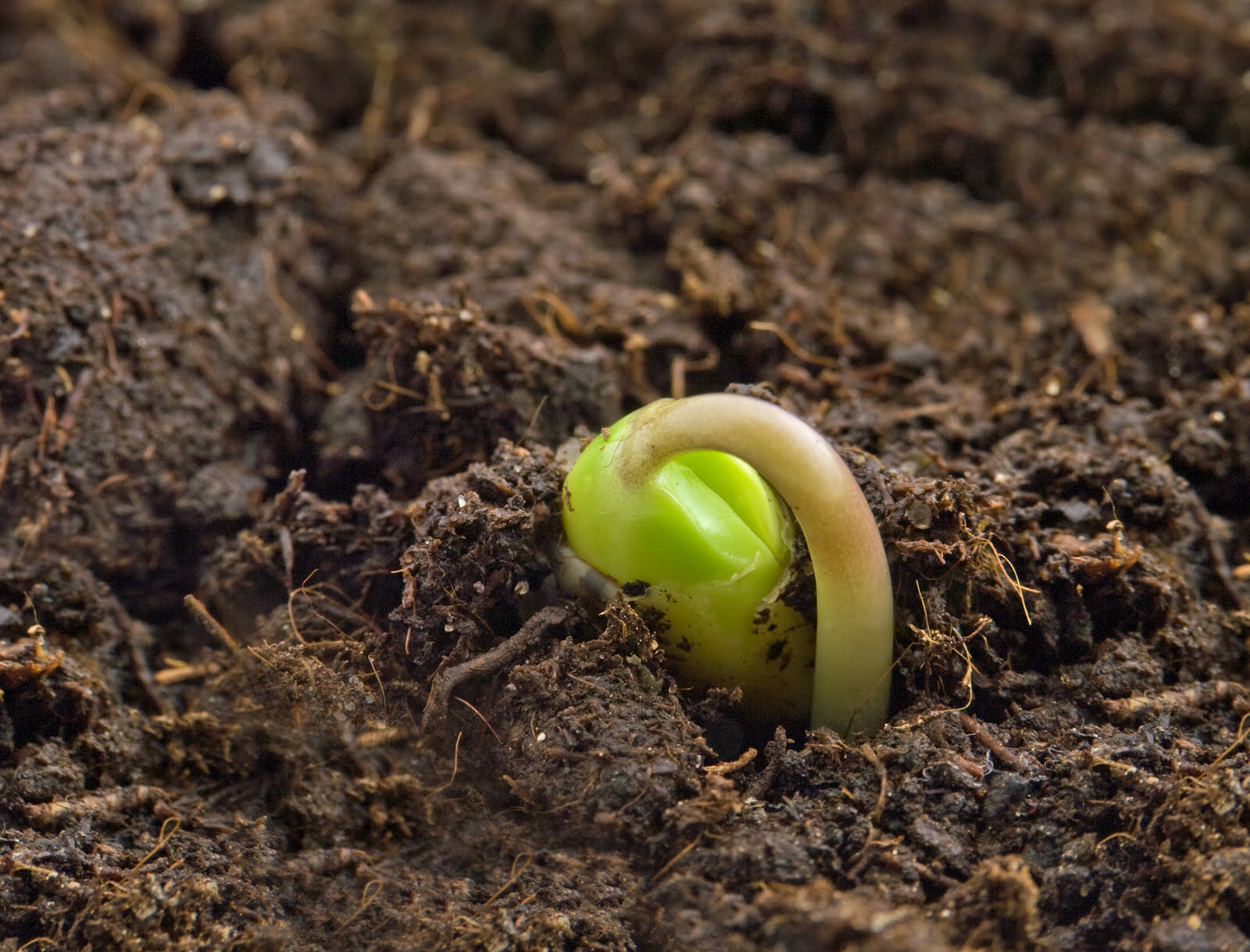
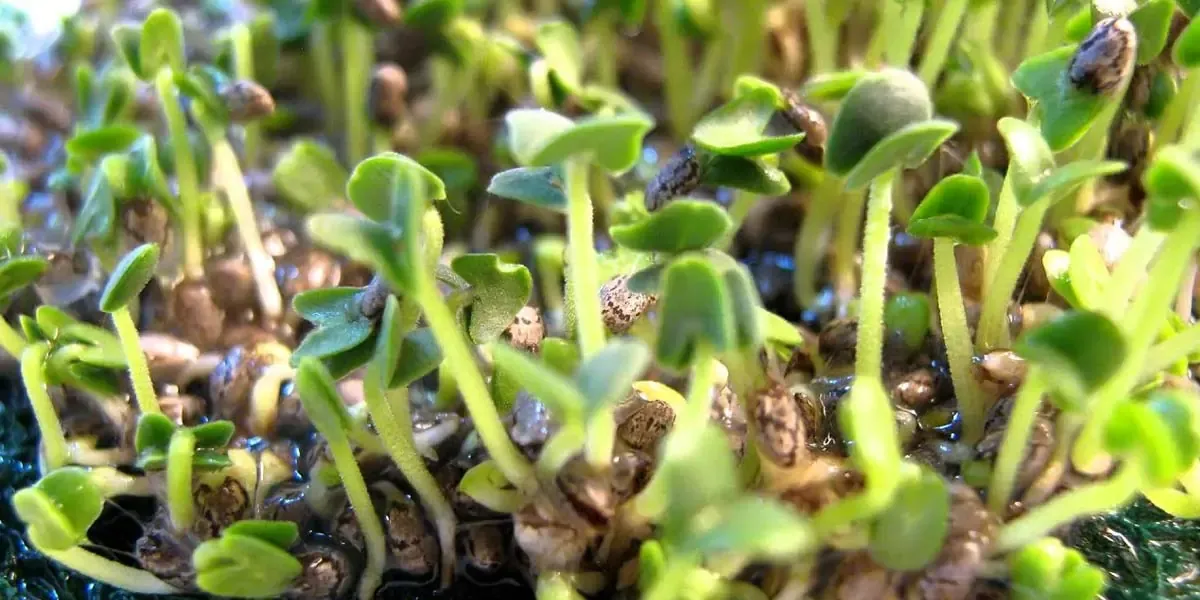
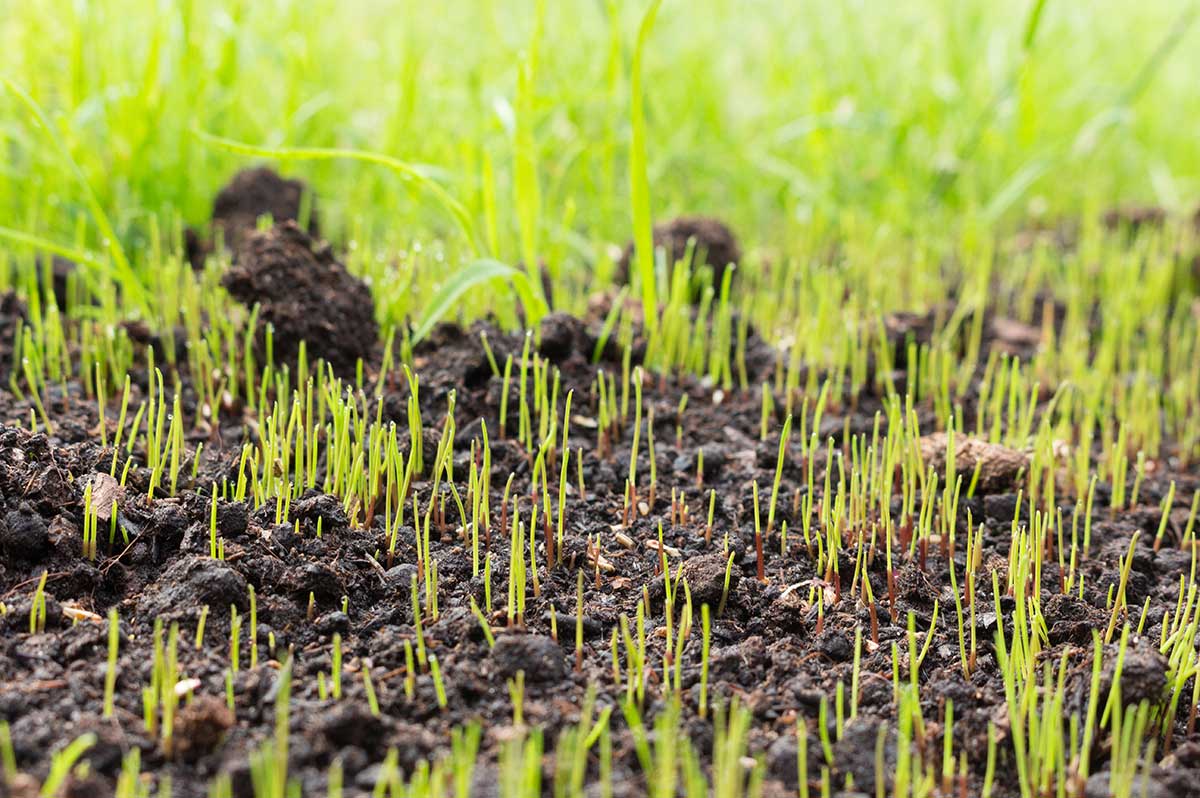
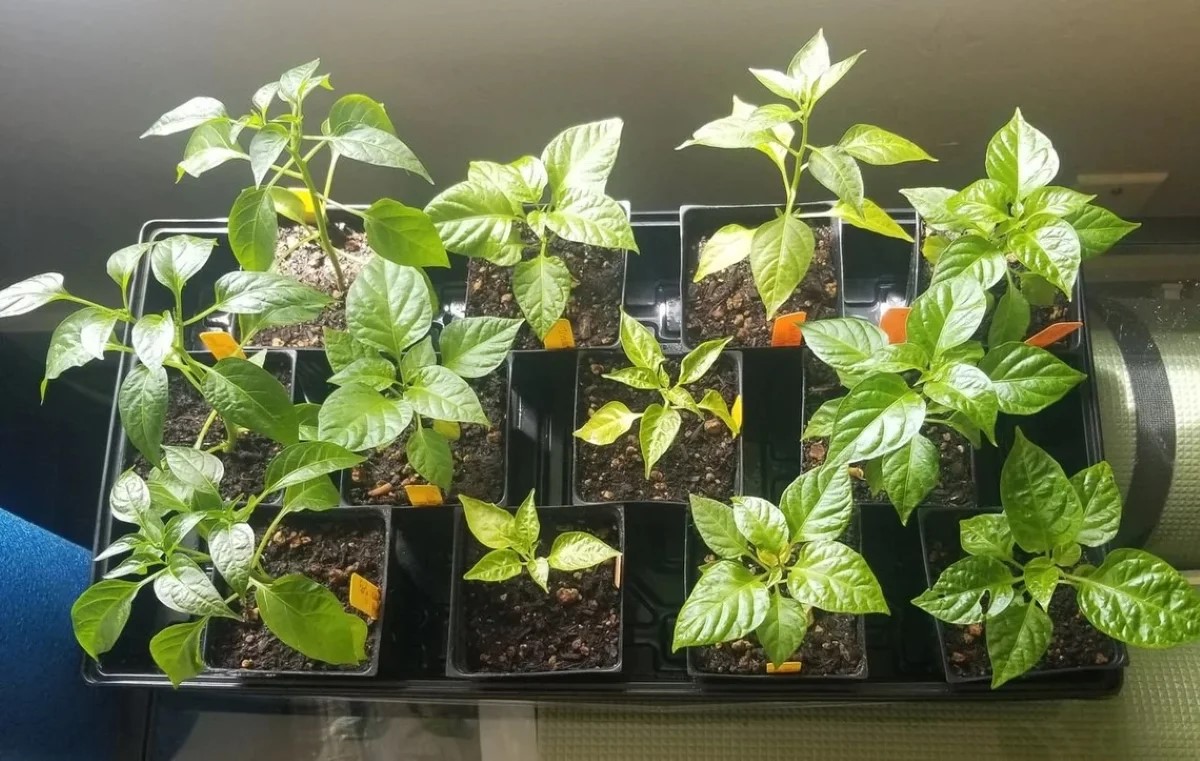

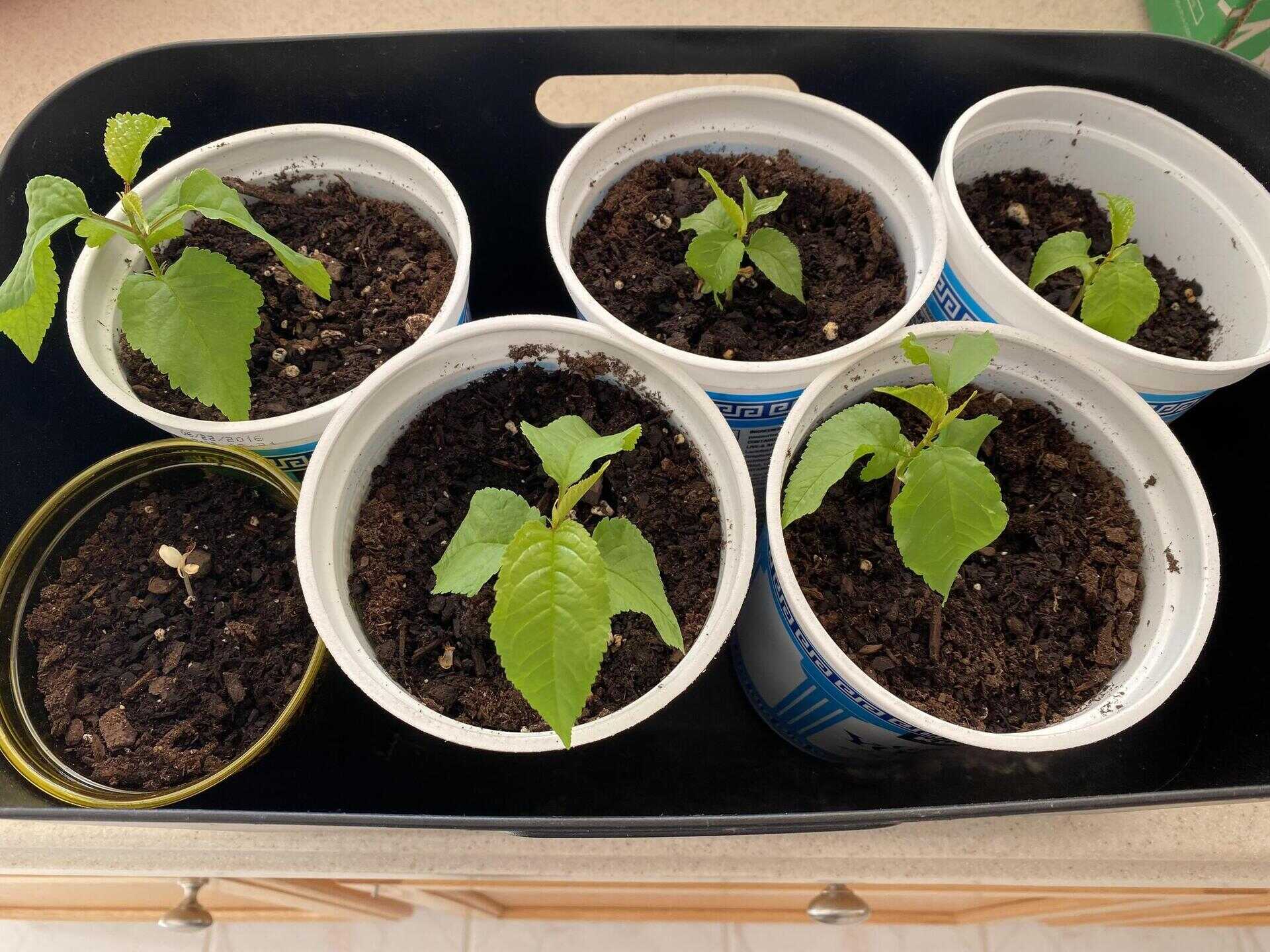
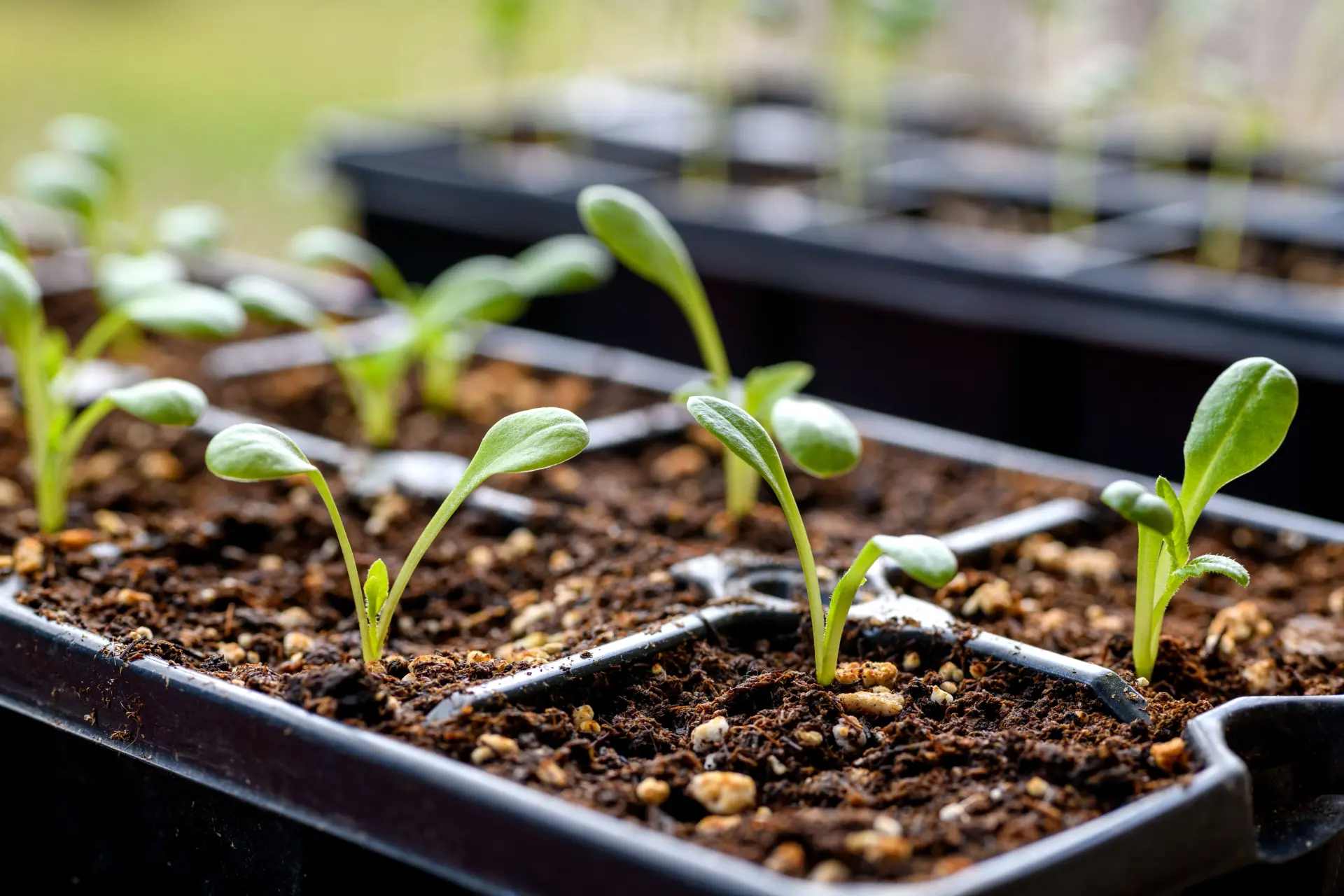
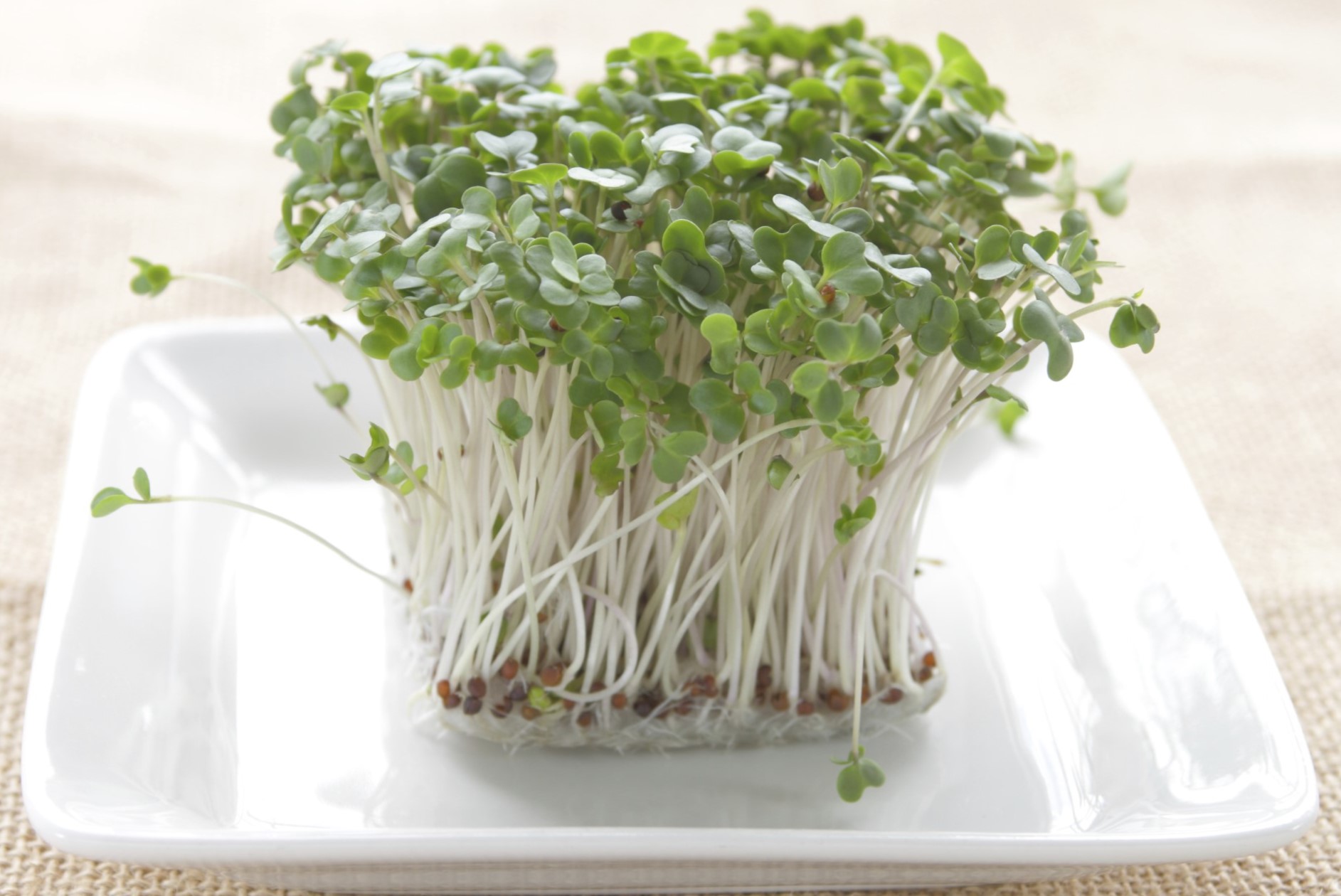
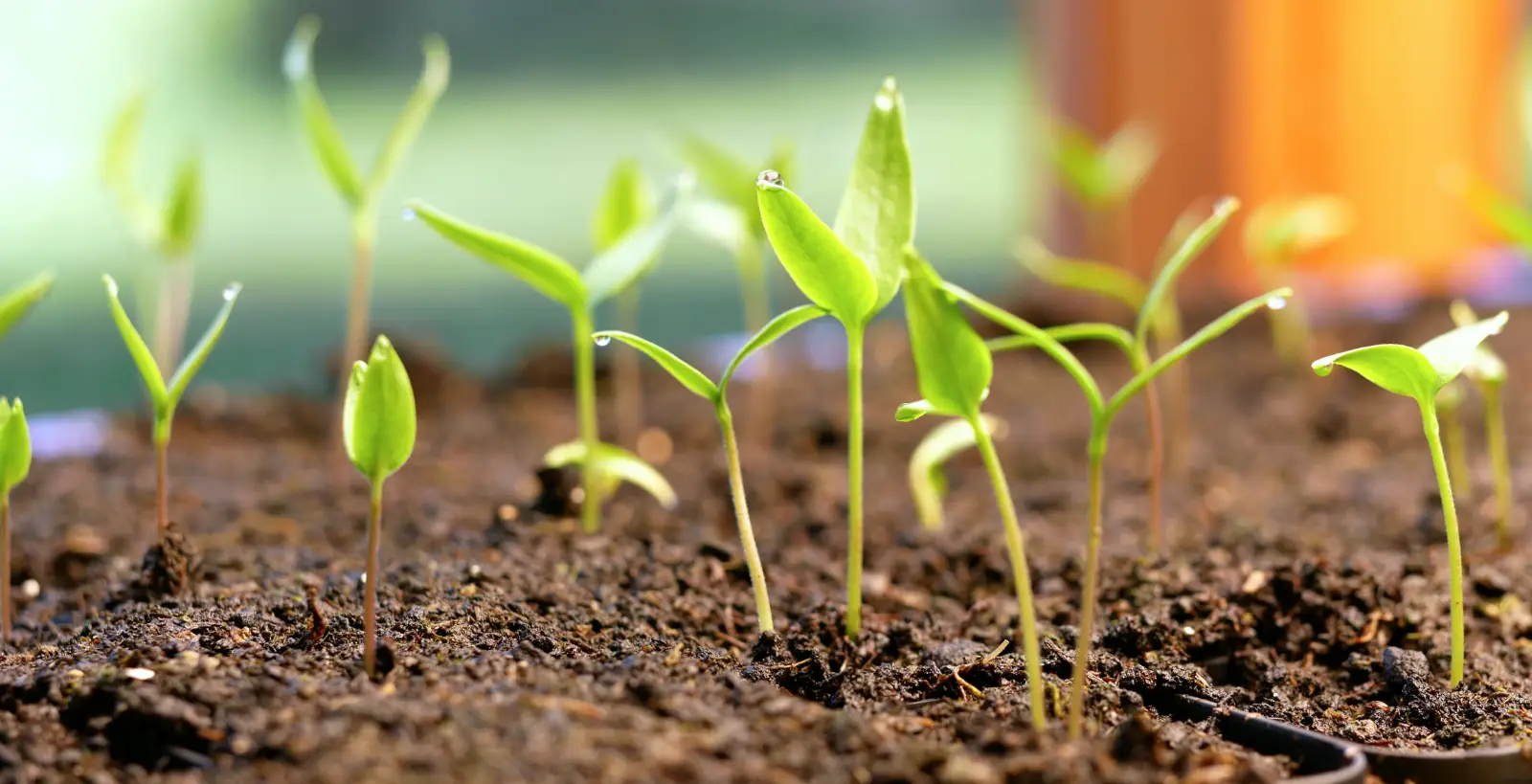
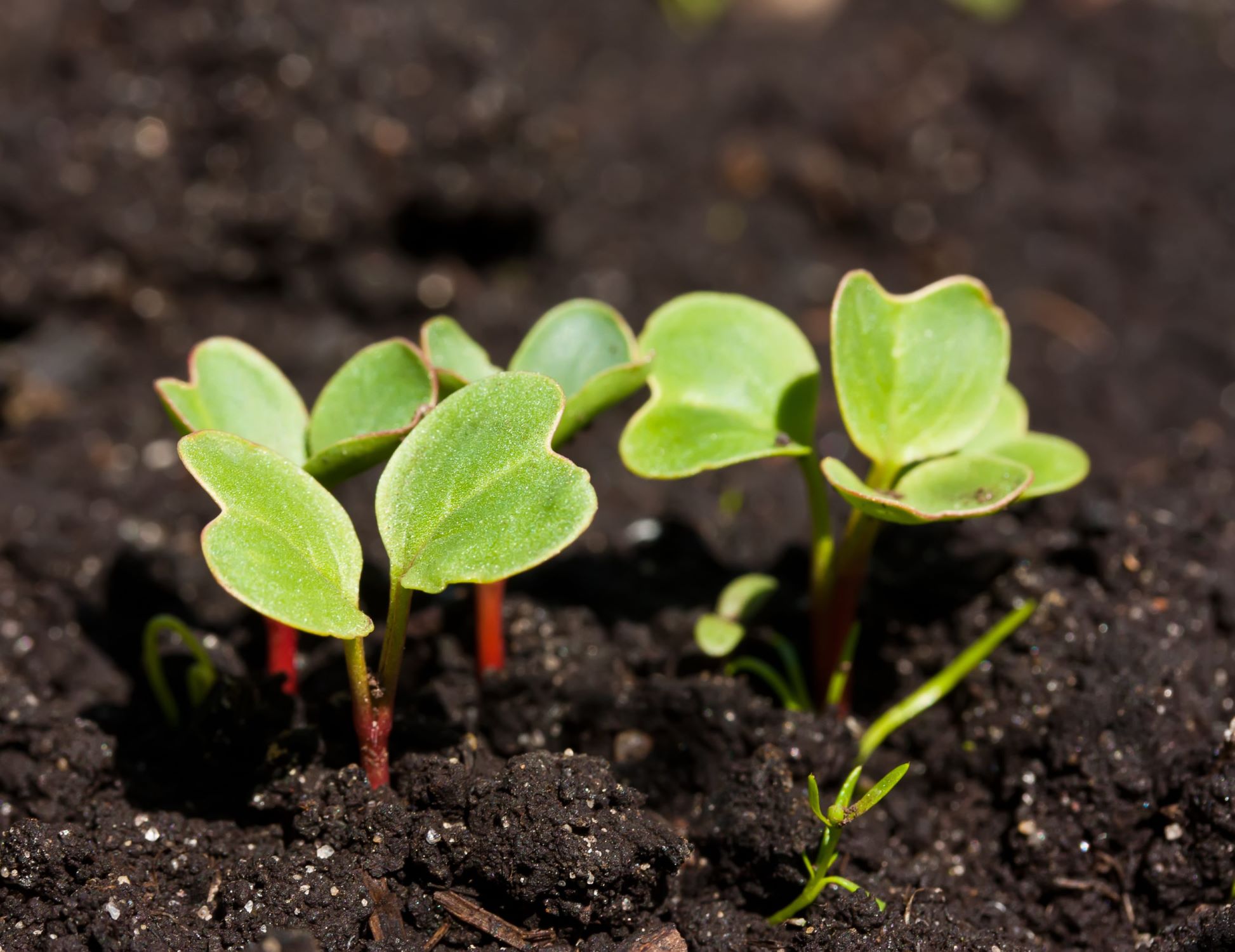
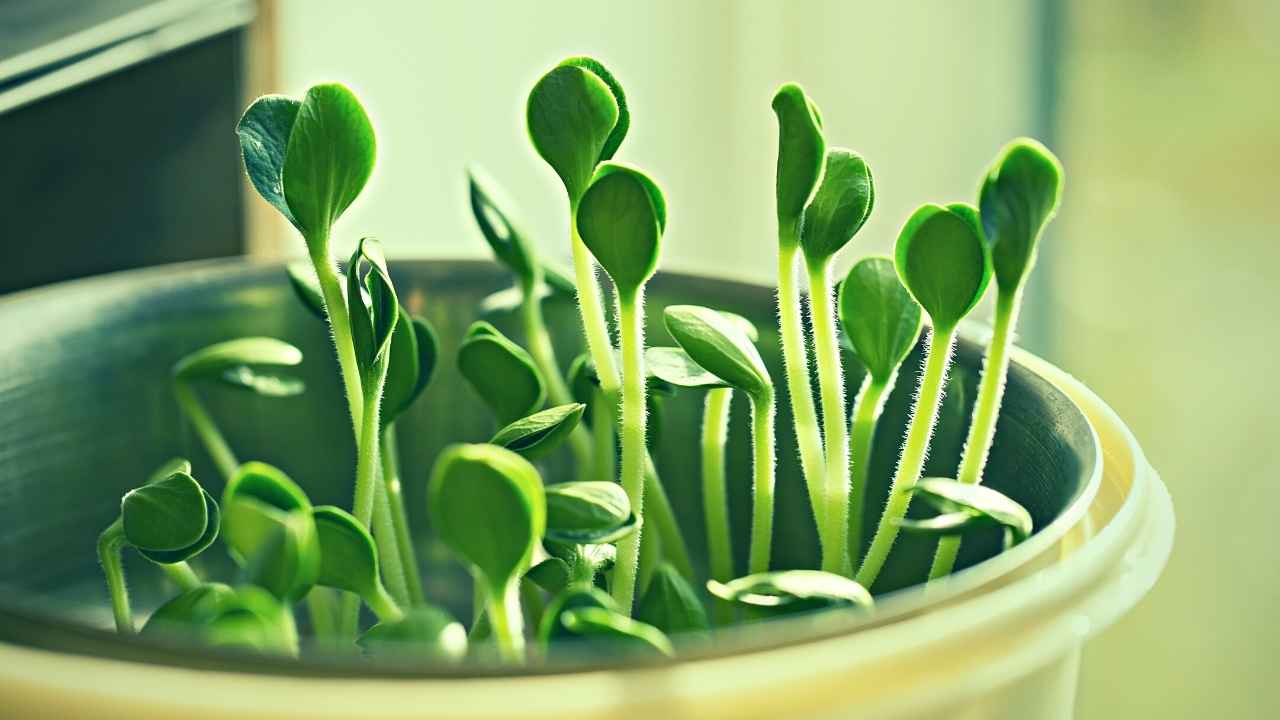
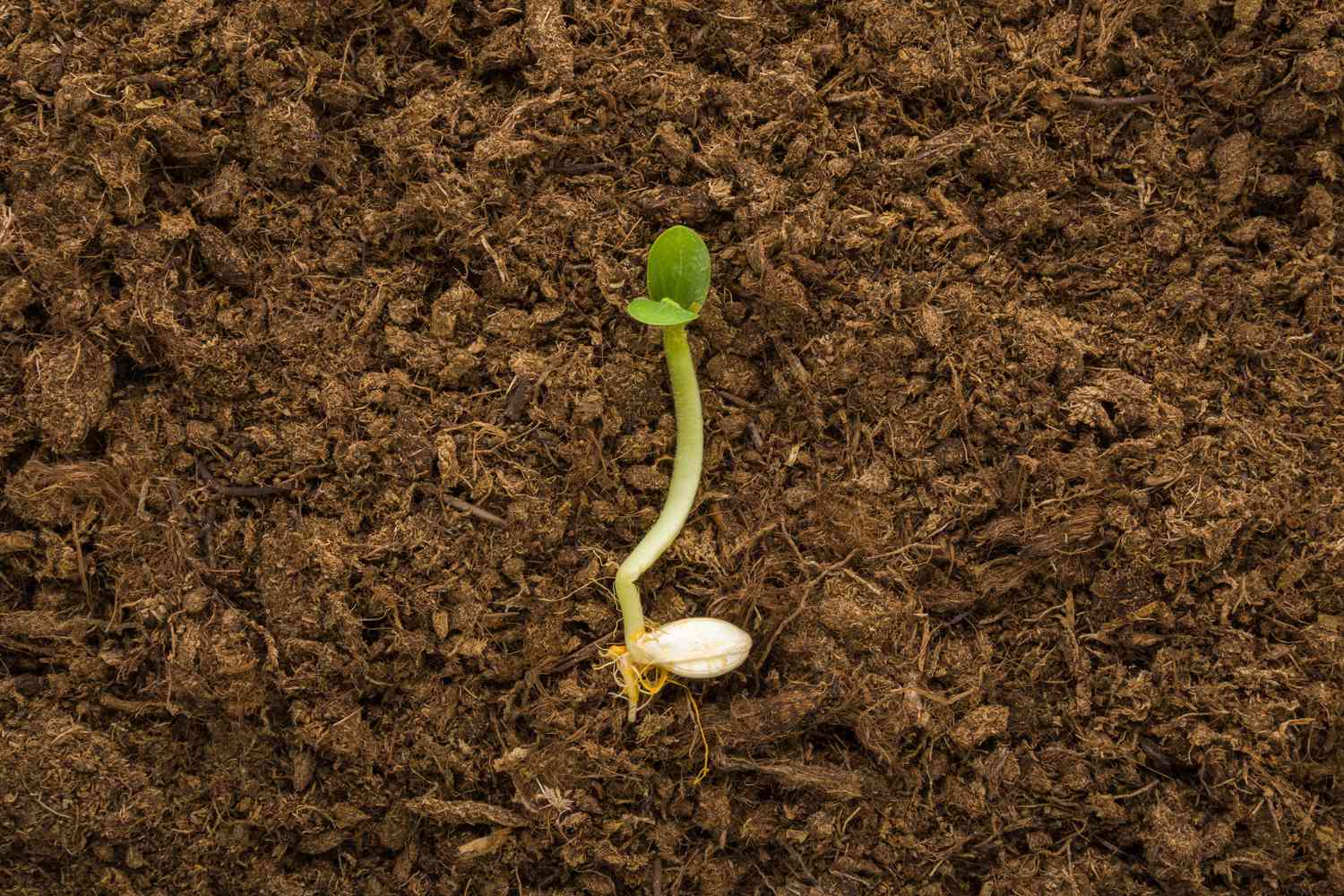
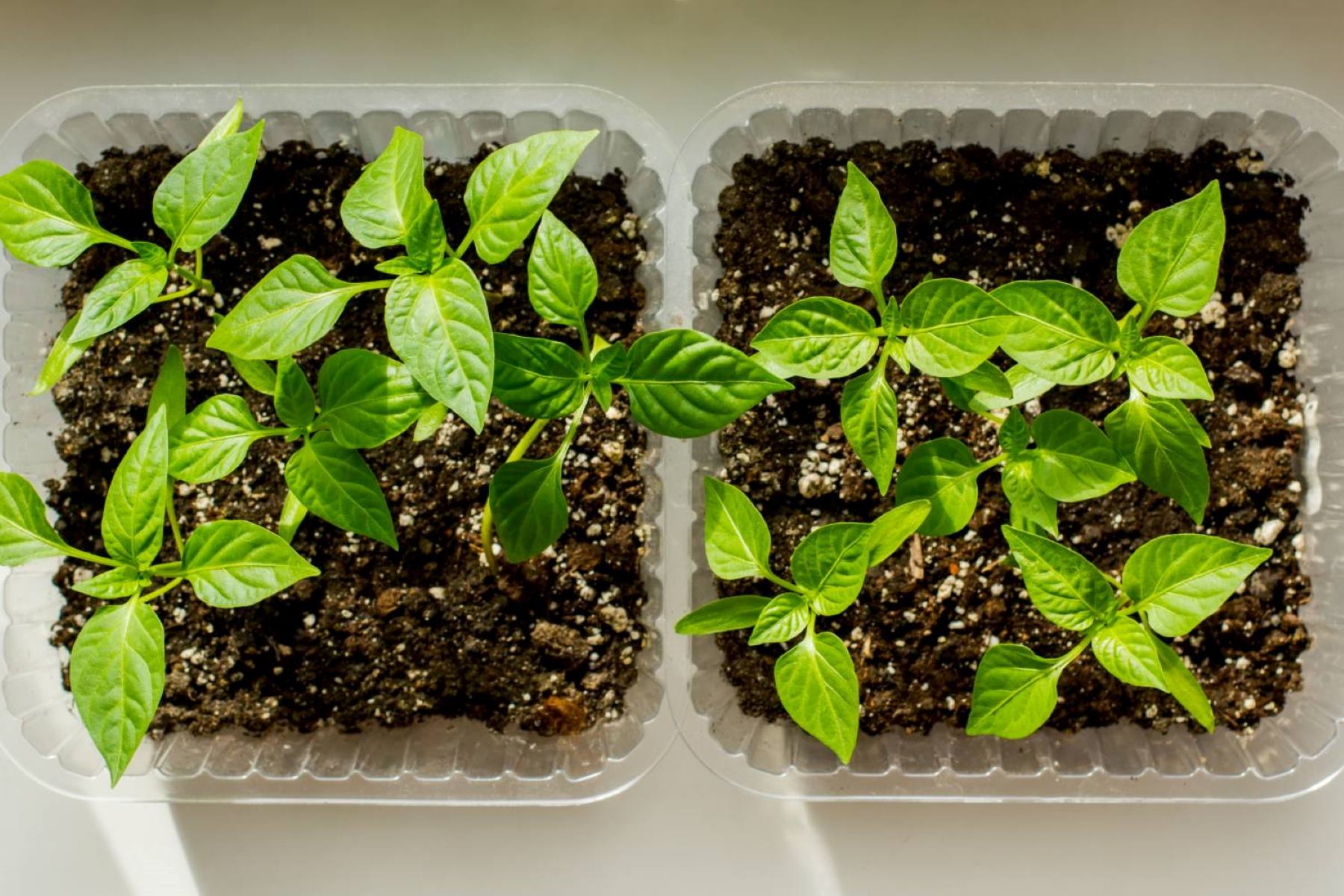
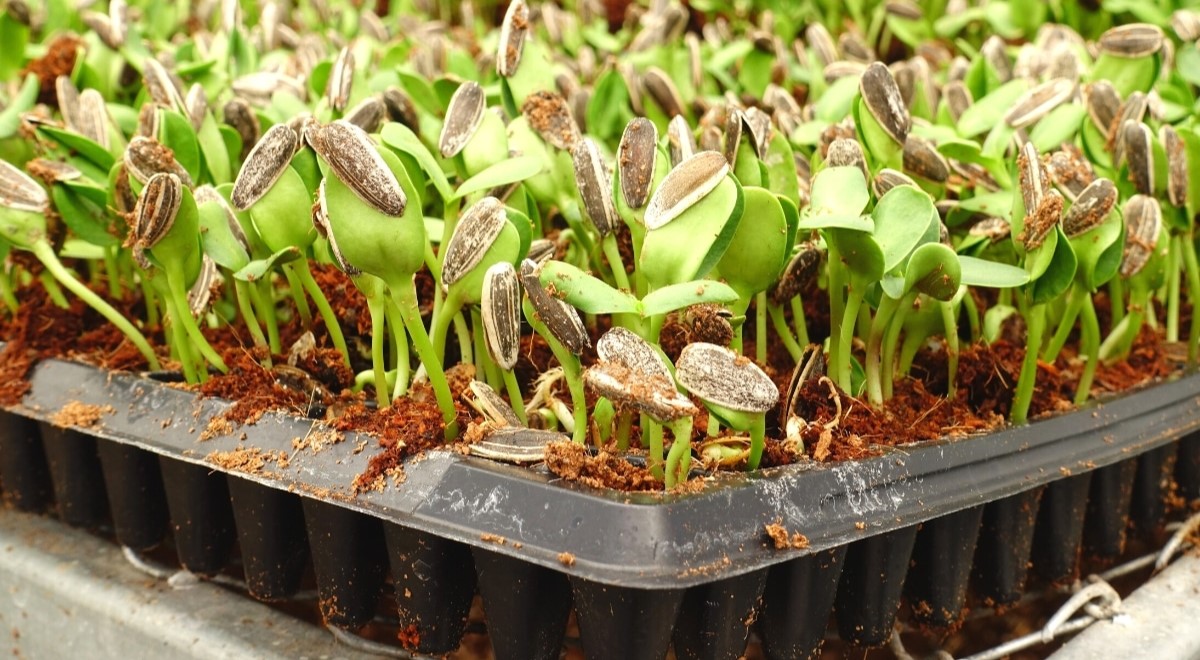

0 thoughts on “How Quickly Does Grass Seed Sprout”